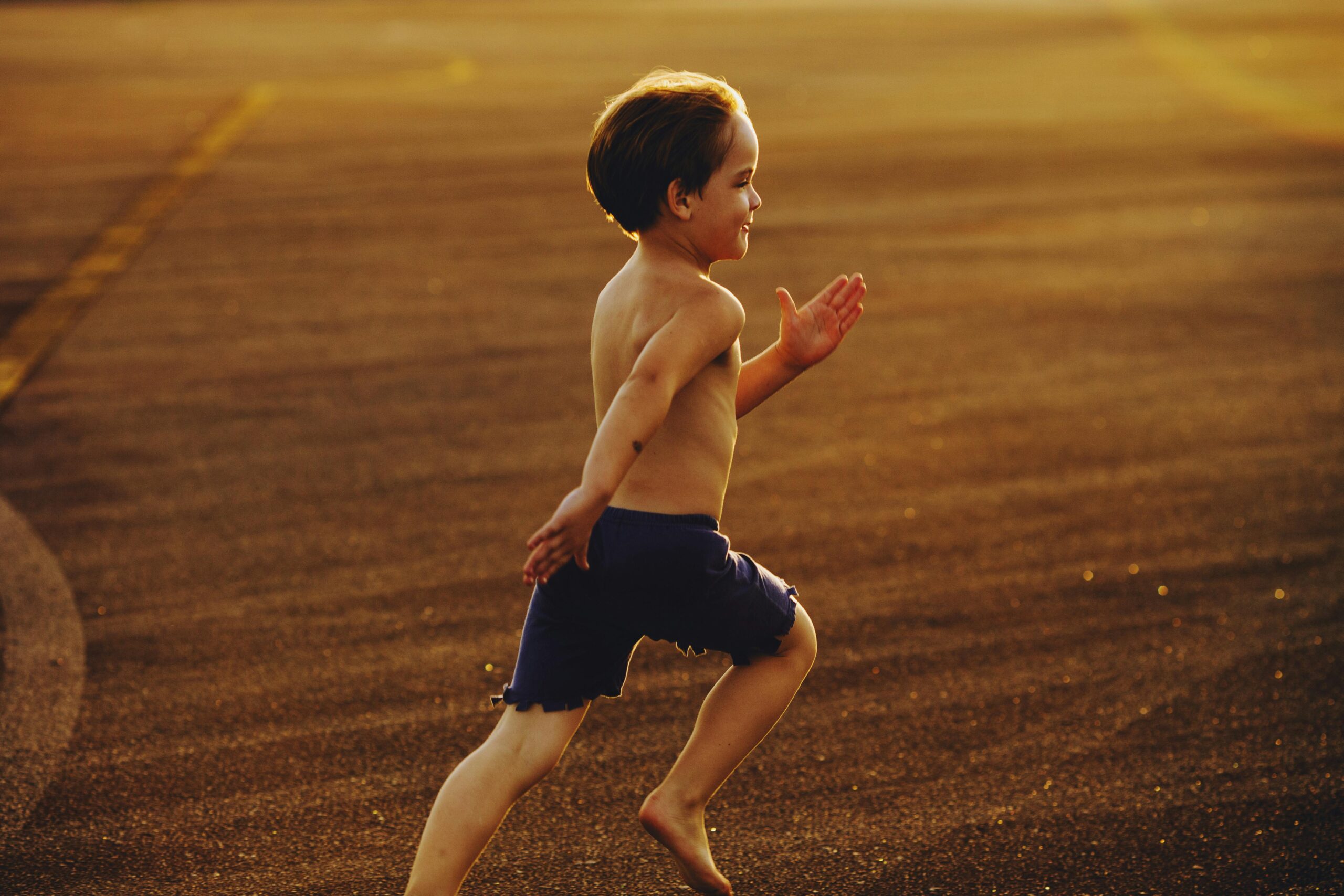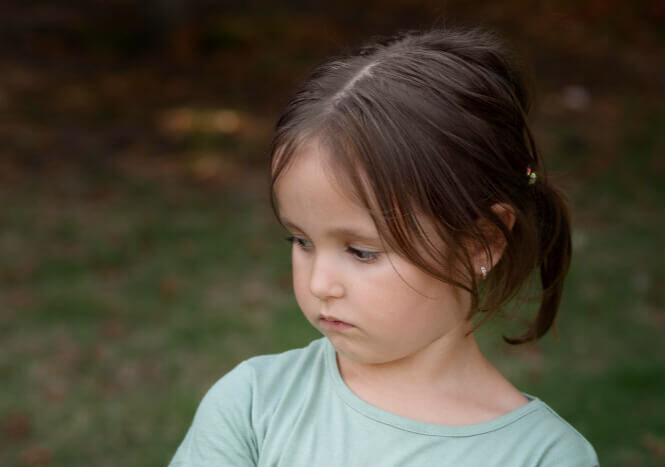British Columbia’s Physical and Health Education (PHE) curriculum emphasises holistic well-being—physical, mental, and social—and recognises that a one-size-fits-all approach can alienate students.
Simply providing generic activities without personalisation can be counterproductive if students fixate oqn their weaknesses and develop a negative view of movement or of themselves. The BC framework encourages teachers to respond to the diverse interests and abilities of learners to foster lifelong, positive engagement in physical activity.
But responding to diversity takes more than differentiation. It takes reimagining the purpose of PE. It means shifting from performance to play, from ranking to regulation, from rigid structure to flexible joy.
This guide blends lived neurodivergent parenting experience with curriculum-aligned strategies that help all children—especially vulnerable and disabled children—feel safe, seen, and whole while moving. These ideas are rooted in truth, weirdness, and dignity. They worked for us.
1. Make it weird
Weirdness is a social equaliser. When adults act absurd—narrate in pirate voice, turn cones into volcanoes, add nonsensical rules to tag—children stop worrying about doing it wrong. Movement becomes a game again, not a test.
2. Let water be part of class
My daughter used to play in the sprinkler, even in shoulder seasons until she turned blue and she still delighted. We’d paint faces, get the bubble machine going, and favourite tunes on that the fund would begin. Or I’d fill a big tupperware bin with water and dump a bunch of spare containers in the back yard. Whenever you include water, kids have fun.
Especially for children who experienced overheating, in the summer, these water can increase comfort. I remember sitting under a shade tree where each of us had our feet in a bucket and reading chapter books.
Misting bottles, sponge races, bucket-carrying relays: water regulates, soothes, and delights. Especially for sensory seekers or students prone to overheating, water-based activities can transform avoidance into joyful engagement.
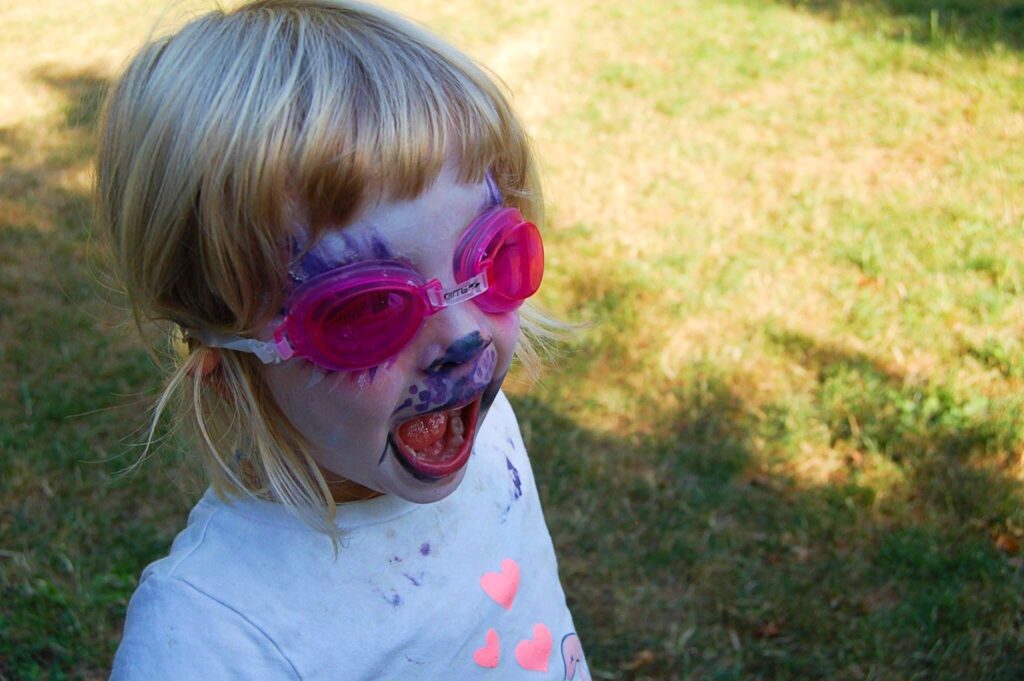
3. Snacks and pacing matter
Let kids eat. Let them rest. Offer snack-and-stretch transitions, hydration breaks, and quiet starts. Dysregulation isn’t a mystery when blood sugar and sensory systems are involved.
4. Offer choice, not compliance
Create stations, menus, or opt-in layers for activities. Let one child dance while another balances on a beam and a third walks laps with a bean bag on their head. The BC curriculum encourages this flexibility; the difference is doing it with curiosity and care, not just as an accommodation.
5. Co-design and student voice
Let students help invent games, change the rules, or name how they feel after each round. A PE ideas box, a class vote, or a feelings chart builds agency. Especially for kids who have felt erased, having a say changes everything.
6. Sensory-friendly structure
Dim the lights. Use visual schedules. Offer parallel quiet spaces with fidgets or body socks. Predictable routines reduce anxiety and help executive function. Optional visuals like “first we warm up, then we stretch” anchor attention and soothe transitions.
7. Thematic play (and costumes!)
Turn the gym into a story: a jungle expedition, a spaceship rescue, a kingdom of obstacle-course trolls. Add capes, animal ears, or dollar-store accessories. When everyone looks silly, nobody is failing.
8. Music regulates
My children’s favourite class as young kids was one where the teacher brought out a big bag of tutus and scarves, turned on music, and simply let them run around with joy. The playlist included everything from world music, kid favourites like “Move It Move It,” to classical soundtracks that invited swirls, skips, and improvisation.
There was no instruction beyond the music and the movement it inspired—just rhythm, flow, and full-body self-expression. This kind of open-ended, music-led play supports regulation, creativity, and sensory integration. It aligns with BC’s emphasis on physical literacy and social-emotional development, helping students develop confidence, spatial awareness, and joyful peer interaction without the pressure of formal outcomes.
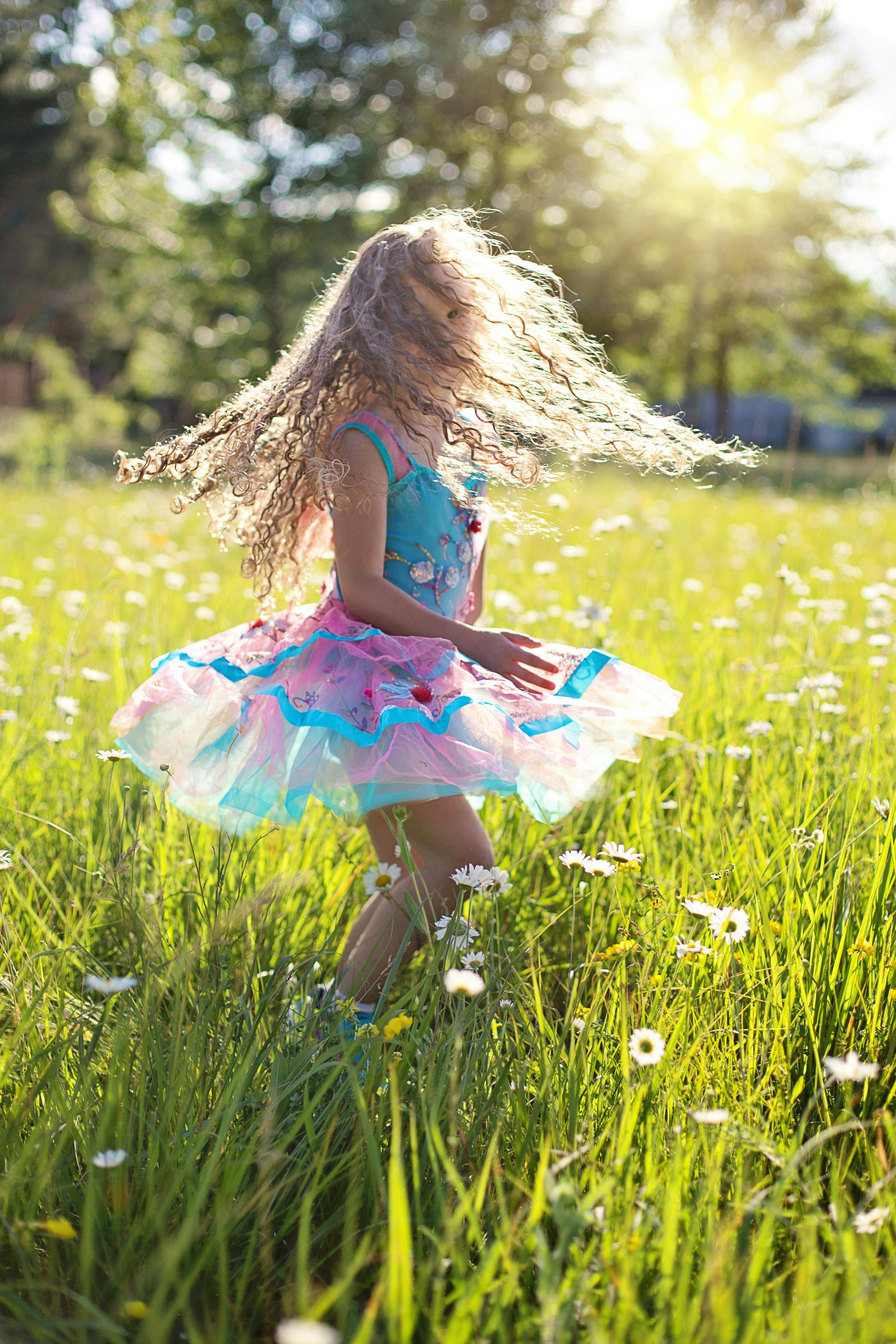
9. Buddy systems with care
Pair students purposefully, with consent and dignity. Let older kids co-regulate younger ones. Rotate buddies so everyone learns to lead and follow. Vulnerable kids thrive when surrounded by peers who model inclusion without pity.
10. Change the rules of competition
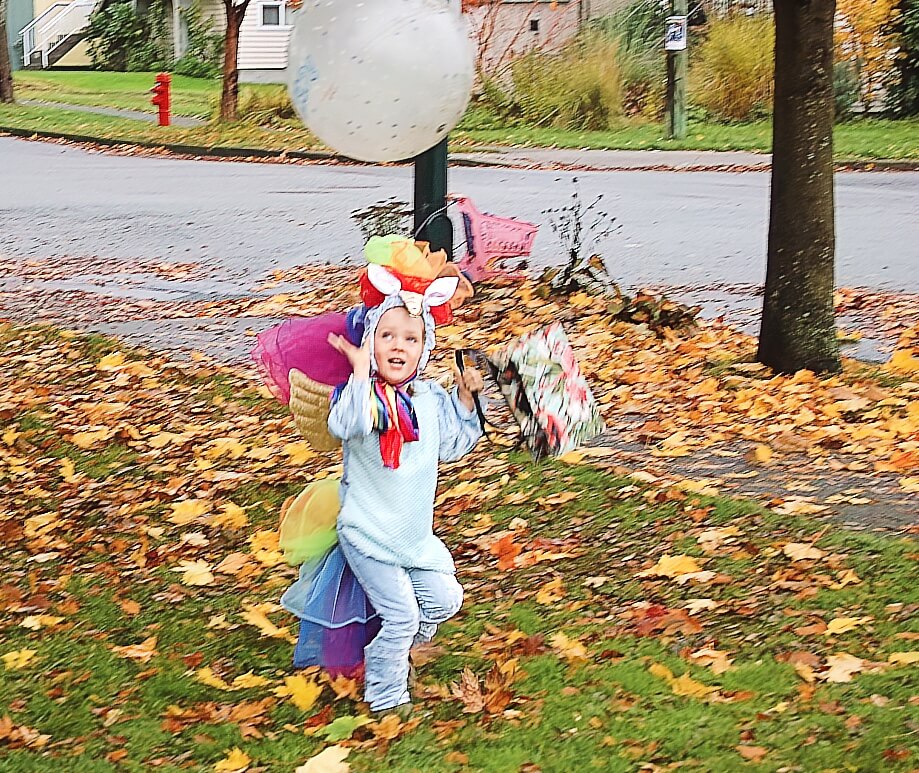
Allow students to choose “high energy” or “chill mode” teams. Modify rules so that success means trying, not winning. Play games like “keep the balloon off the ground” or “cross the room using only elbows.” Collaboration builds joy. Punitive elimination builds shame.
11. Let kids hide
Make a hiding place with a blanket and a mat. Label it “base camp” or “the cave.” Let kids come and go. Observation is a form of participation. Regulation is learning. Some children need retreat in order to return.
12. Rituals make safety real
End every class the same way: lie on the floor and breathe, pass a talking rock, sing a silly song. Ritual makes the space feel dependable. Predictable endings build capacity for risk in the middle.
Adults set the tone
Too often, adults worry that the “weird” kid might be excluded while reinforcing the very norms that make exclusion inevitable. Inclusion is not a tone of voice or a banner on the wall—it’s a practice of making room. When educators model joy, creativity, and flexibility, they open the door for all bodies, all rhythms, all ways of being. Neurodivergent children thrive when they feel the adults around them are genuinely invested in difference as something to protect, not correct.
If we build PE from this truth, children who once hid in the change room might run toward the gym. They might ask to stay longer. They might feel strong.
They might learn that their body is a good place to be.
-
“For your own good”: How schools punish children through food, control, and bodily discipline
Through curriculum, posters, reward systems, and lunchroom rules, schools encode a silent but relentless message: that certain bodies are dangerous, excessive, or deviant. Fat children are positioned as futures to be prevented. Neurodivergent children whose eating diverges from the norm are framed as problems to be solved. The desk that squeezes, the poster that moralises, […]
-
What are we teaching them in gym?
After months of thinking about collective punishment, I was drawn to memories of my own painful experiences in gym in highschool. I reflected on the experience of our PE teacher hitting boys in the head with volleyball balls when they misbehaved. Also, I thought of the time my child was struck with a badminton racket […]

